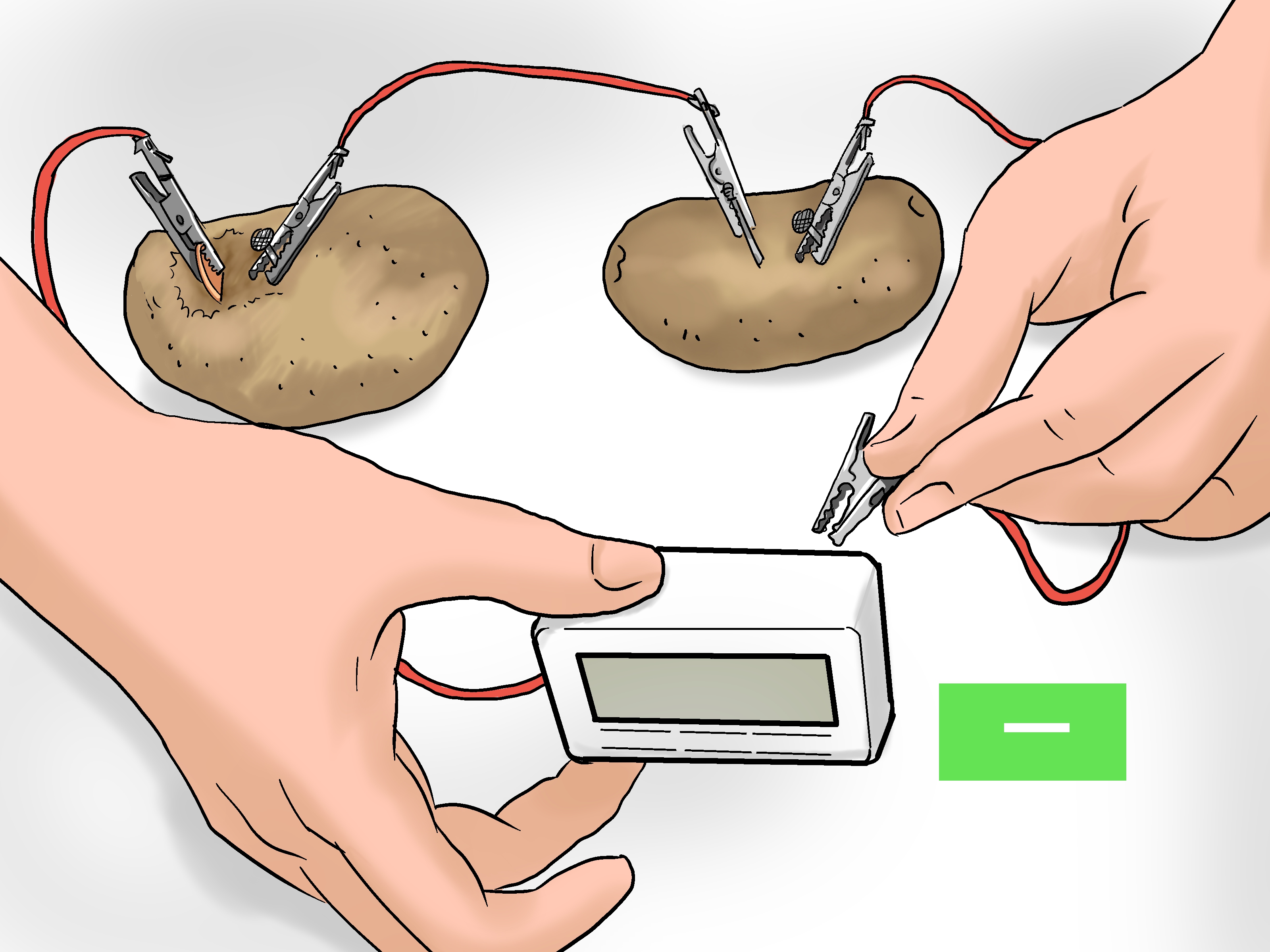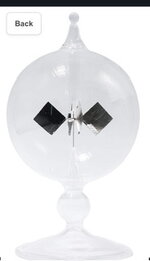- Joined
- Oct 22, 2002
- Messages
- 38,933
- Location
- Frozen in Michigan
- Gender
- Old Fart
- Basic Beliefs
- Don't be a dick.

An Incredible New Crystal Can Transform Light Into Mechanical Work
The breakthrough could remove our need for bulky batteries—and all the thermal management that comes with it.
I just ran across this. Gamechanger or boondoggle?
- Today’s mobile technology is powered by batteries that convert chemical reactions to energy, but scientists from CU-Boulder successfully turned light directly into mechanical work.
- To do this, the research team embedded photomechanical crystals into a polymer, which could then bend and lift when exposed to light, forming a kind of actuator or motor.
- One day, such a material could be powered simply by a laser, completely removing any need for a bulky battery of cumbersome thermal management systems.



